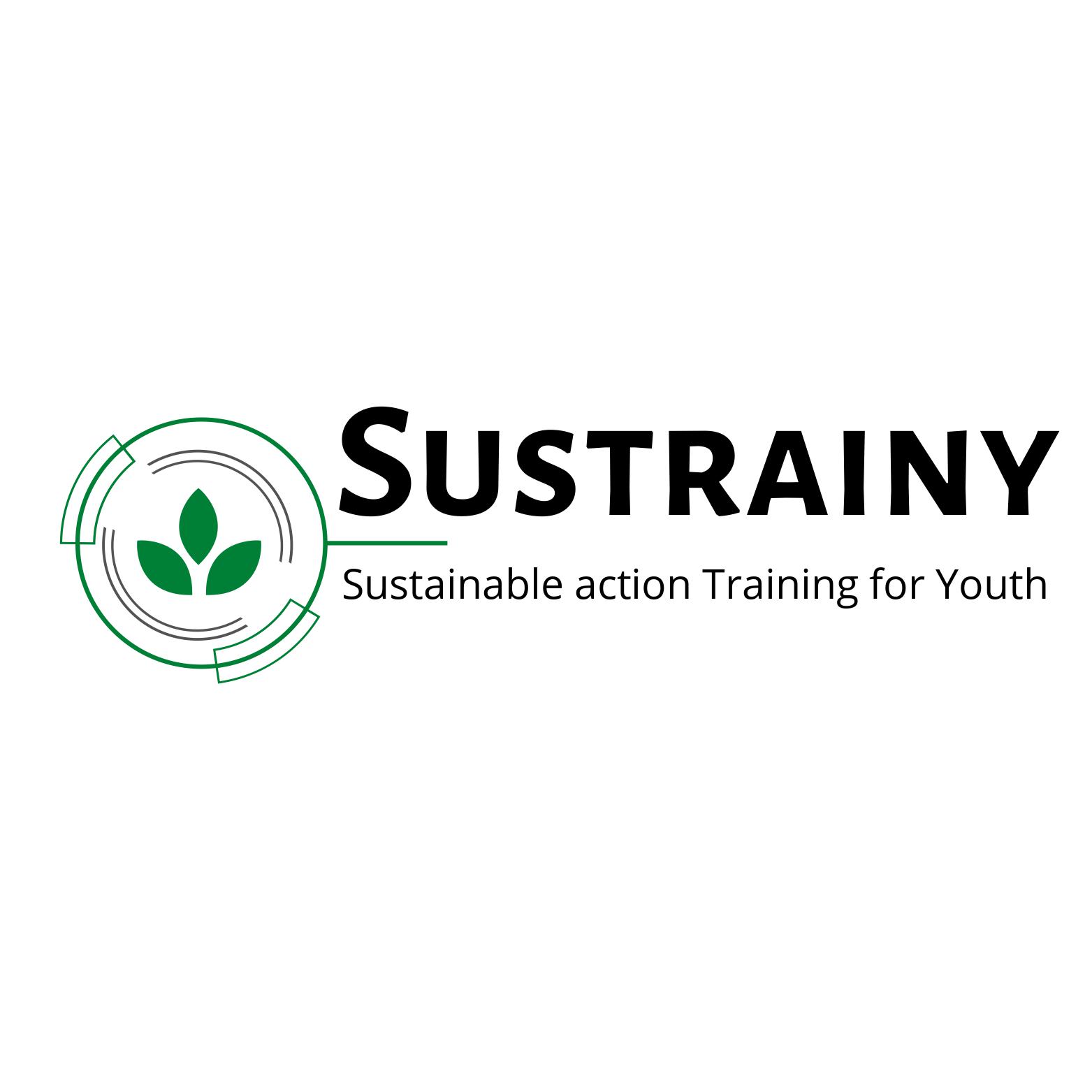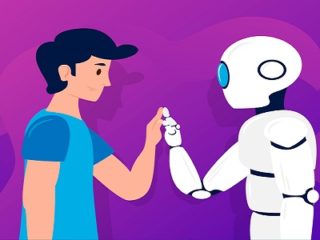
Article The 7 R’s of the circular economy
Circular economy aims to optimise the use of materials at their highest value and optimal use for an increased efficiency of products and a reduced environmental impact. The use of R’s as operational imperatives of the circular economy answers to a need of conceptualisation and modelisation of the circular economy principles. We will present here the commonly defined as 7 R’s of the circular economy:
Reuse: Many products can be used for more than one application over the time. Even if the first customer won’t need a product anymore, because his circumstance change or because he simply does not want it anymore, this same product has good probability of being in a good enough state to enable a new use by someone else. This can be the case for most products, clothes, furnitures, cars… There is an important market for second hand products, that can be proposed by particulars and professionals.
Recycle: Recycling consist in reintroducing waste that were already consumed in a production process, so that they can be used again as a raw material for the manufacturing of new products. Recycling offer an entire world of possibilities and a great optimisation of resources. When you throw glass in a recycling bin, this one is sorted by color and washed in a glass treatment plant. Then it is crushed and melt, and moulded again in new products such as new bottles, ready to be used again.
Reduce: Reduce can be applied at 2 levels:
- For the consumers: we buy a lot, consum huge quantities, and very fast. Also, a good way of taking care of the environment is to reduce the number of products that we buy and waste that we generate.
- At industrial level, reduce is about decreasing the use of raw material needed to develop a product. This can be achieved thinking about non essential features of a product, such as the packaging, avoiding plastic bags, etc.
Rethink: Rethink, or redesign is about not taking anything for granted. Ecology and environmental concerns should be part of the design process to manufacture products that are more sustainable. It is not only about functionalities, but also about the raw material, the packaging, etc.
Repair While recycling means a different use, repair is simply about taking what is broken and putting it again into service thanks to putting it back into good conditions. It is simple, and efficient. We might think about it for larger home appliance.
Refurbish: Everything doesn’t need to be brand new, and vintage is actually fashion. So why not joining the move? Refurbish is mostly applied to building, taking some old premises to renovate them. But it can also be applied to other things, such as old pieces of furniture, and any old good that will be transformed to become a modern item.
Recover: Recovery offer a similar approach, while focusing mostly on resources. In recovery, people use wastes as an input material to create valuable products as new outputs. The aim is to reduce the amount of waste generated, therefore reducing the need for landfill space and also extracting maximum value from waste.
You are interested in this topic? Learn more about sustainable consumption and sustainable action for youth thanks to our SUSTRAINY European Project:




Leave a Reply